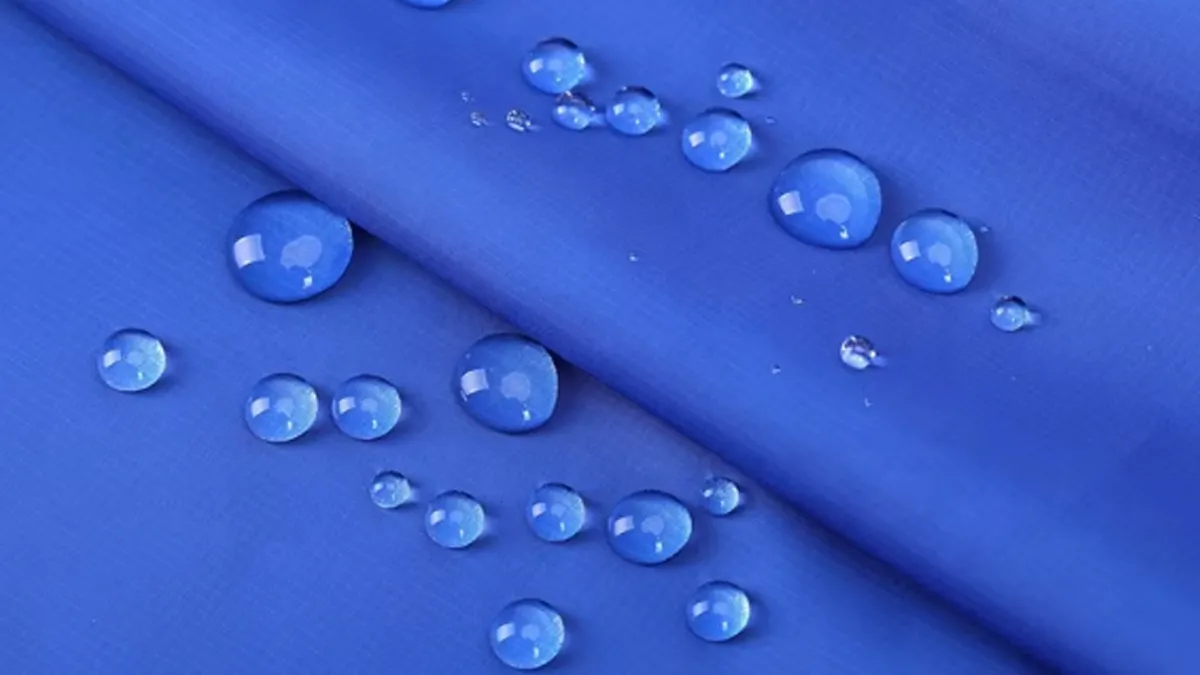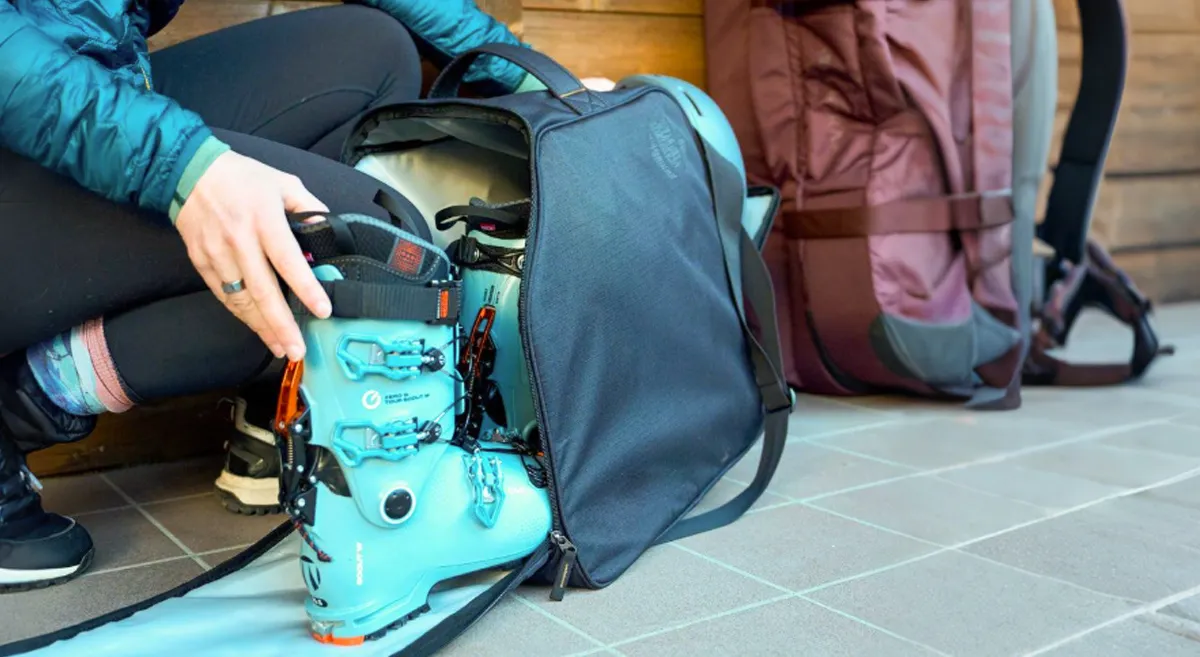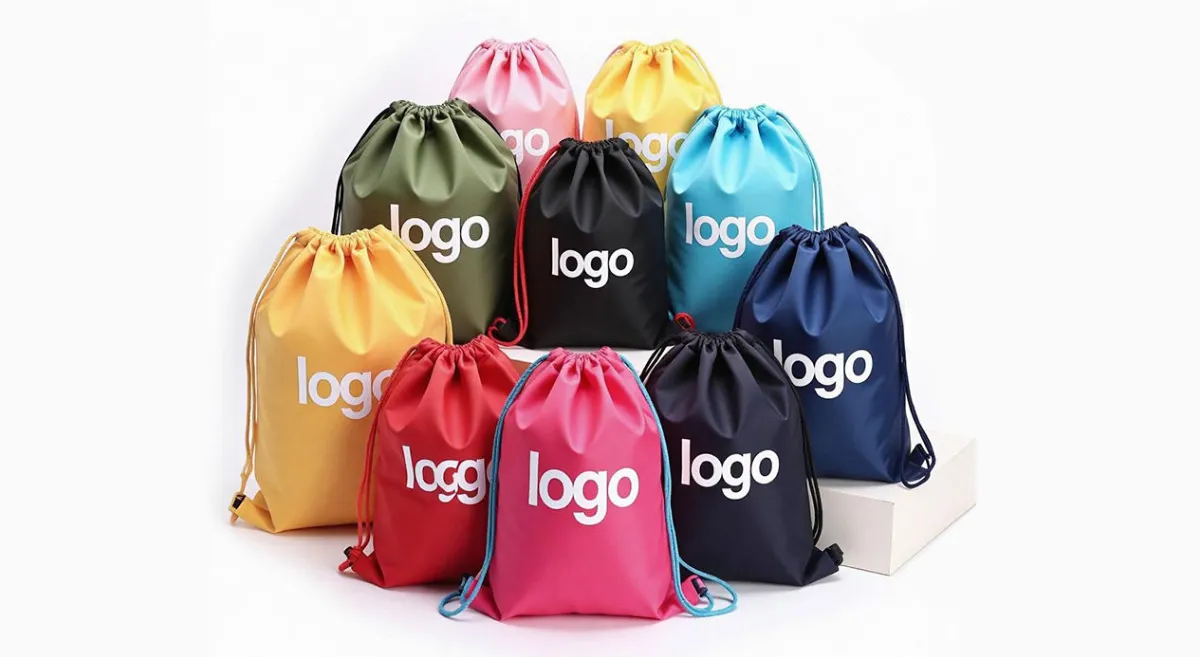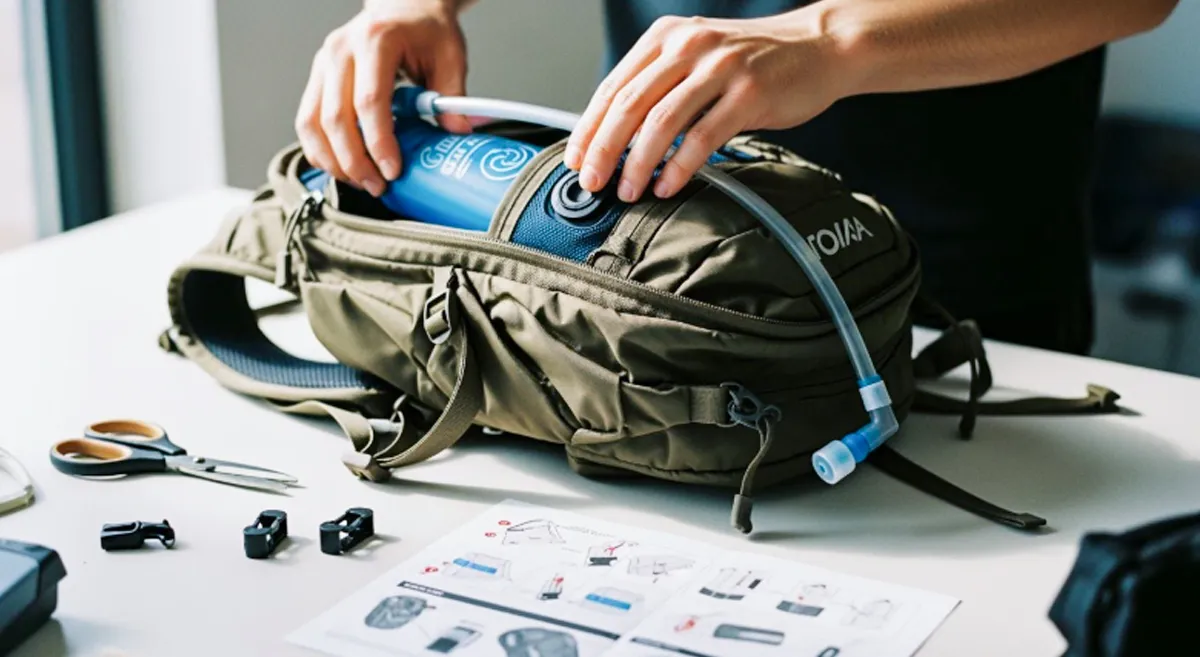Nylon is one of the most popular fabrics used in bags, outdoor gear, and apparel. But you might wonder, is nylon waterproof? The answer is not always straightforward because nylon’s water resistance depends on the specific type, weave, and treatment it receives. If you want to understand the truth about nylon’s waterproof capabilities, how to improve its water resistance, and how to care for waterproof nylon products, this guide is made for you. As a professional bag manufacturer, we will walk you through everything you need to know about nylon and waterproofing, so you can make informed decisions when choosing or designing your products.

What Is Nylon? Understanding the Material
Before diving into the waterproof question, let’s quickly understand what nylon is. Nylon is a synthetic polymer fabric invented in the 1930s. It is known for its strength, elasticity, and lightweight properties. Nylon fibers are tightly woven or knitted into fabrics, which makes them versatile for many applications.
Nylon is naturally durable and abrasion-resistant, which makes it a favorite in manufacturing backpacks, luggage, tents, and activewear. However, nylon fabric waterproof performance varies widely based on how the fabric is constructed and treated after weaving.
Is Nylon Waterproof? The Truth About Water Resistance

Nylon Water Resistance vs Waterproof Nylon
By nature, nylon is water-resistant but not 100% waterproof. This means nylon fibers can repel light moisture or water droplets due to their tight weave, but without special treatment, water can eventually penetrate through the fabric.
Water resistance is different from being fully waterproof. Water-resistant nylon can protect your belongings during light rain or splashes, but it may fail under heavy rain or prolonged exposure. True waterproof nylon fabrics have additional coatings or laminates that block water entirely, making them ideal for more demanding conditions.
Different Types of Nylon and Their Waterproof Performance
- Ripstop Nylon: Often treated with a durable water repellent (DWR) coating, making it highly water-resistant and quick-drying. Used in many outdoor bags and jackets.
- Cordura Nylon: Known for durability and water resistance, sometimes with added PU coating for waterproofing.
- Uncoated Nylon: Lightweight and breathable but not very water-resistant, better for dry conditions.
How to Make Nylon Waterproof
You may wonder, “If nylon is not fully waterproof, how can I improve it?” There are several methods to boost nylon’s water resistance or turn it into waterproof material:
Durable Water Repellent (DWR) Coating
DWR is a common chemical treatment applied to nylon fabrics. It causes water to bead up and roll off the surface instead of soaking in. Most high-quality backpacks and rain gear use DWR coatings.
Polyurethane (PU) Coating
PU coatings are a thin plastic layer applied on the back or front of nylon fabric, providing a waterproof barrier. This is often used in tents, rain covers, and waterproof bags.
Thermoplastic Polyurethane (TPU) Lamination
TPU lamination bonds a waterproof film to the fabric, creating durable waterproof nylon. This method is used for premium outdoor gear needing high waterproof ratings.
DIY Waterproofing Methods
You can apply spray-on water repellents or wax treatments at home to restore or add water resistance. However, these may need frequent reapplication.
Applications of Waterproof Nylon
Waterproof nylon is highly popular across many industries:
- Waterproof Nylon Bags: Backpacks, travel bags, and laptop cases designed for wet environments.
- Outdoor Gear: Tents, sleeping bags, rain jackets that rely on waterproof nylon for protection.
- Sportswear: Jackets and pants that keep athletes dry while remaining breathable.
- Military and Tactical Equipment: Due to nylon’s strength and waterproof treatments.
For bag manufacturers like us, offering waterproof nylon options means delivering products that perform reliably under harsh weather.
Benefits and Limitations of Waterproof Nylon
Benefits
- Lightweight and Strong: Easier to carry, yet durable.
- Water Protection: Shields contents from rain and moisture.
- Breathability (depending on treatment): Some waterproof nylons allow moisture vapor to escape.
- Versatility: Suitable for various products, from casual bags to rugged outdoor gear.
Limitations
- Not Always Fully Breathable: Some coatings reduce breathability, leading to condensation inside.
- Durability of Coatings: DWR and PU layers can wear off over time and need maintenance.
- Cost: High-quality waterproof nylon is pricier than untreated fabric.
How to Care for Waterproof Nylon Bags
Proper care helps maintain your waterproof nylon products:
- Regular Cleaning: Use mild soap and water, avoid harsh detergents.
- Reapply DWR Treatments: When water stops beading, spray on a water repellent.
- Dry Properly: Air dry bags after cleaning, avoid direct heat sources.
- Storage: Store in a cool, dry place to prevent mildew or damage.
Conclusion
Now you know is nylon waterproof depends on many factors, but with proper treatments, nylon becomes an excellent waterproof fabric suited for a wide range of bags and gear. As a leading bag manufacturer, we provide customizable waterproof nylon products tailored to your brand’s needs — combining durability, style, and protection.
Ready to explore our waterproof nylon bag options? Contact us today to start crafting your next bestseller with materials that keep your customers dry and happy!
FAQs
Is all nylon waterproof?
No, plain nylon is water-resistant but usually not waterproof unless treated or laminated.
Can I waterproof my nylon bag at home?
Yes, spray-on water repellents work well but require reapplication.
How long does waterproof treatment last on nylon?
Typically several months to a year, depending on use and care.
Does waterproof nylon mean breathable?
Not always. Some waterproof coatings reduce breathability, though specialized fabrics try to balance both.
Are waterproof nylon bags more expensive?
Generally, yes, because of the extra materials and manufacturing steps involved.





